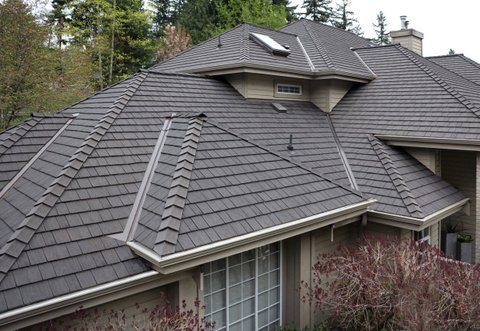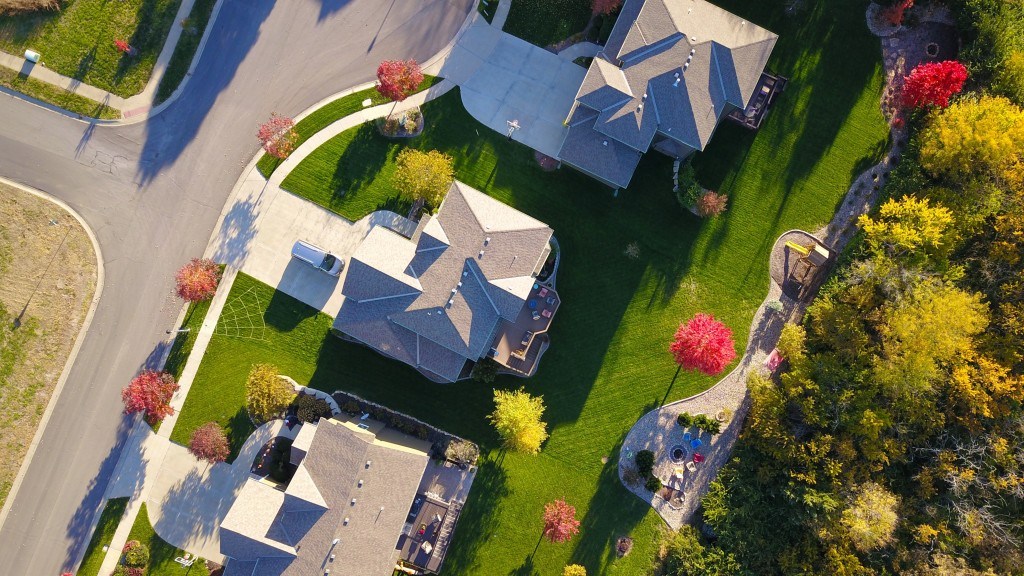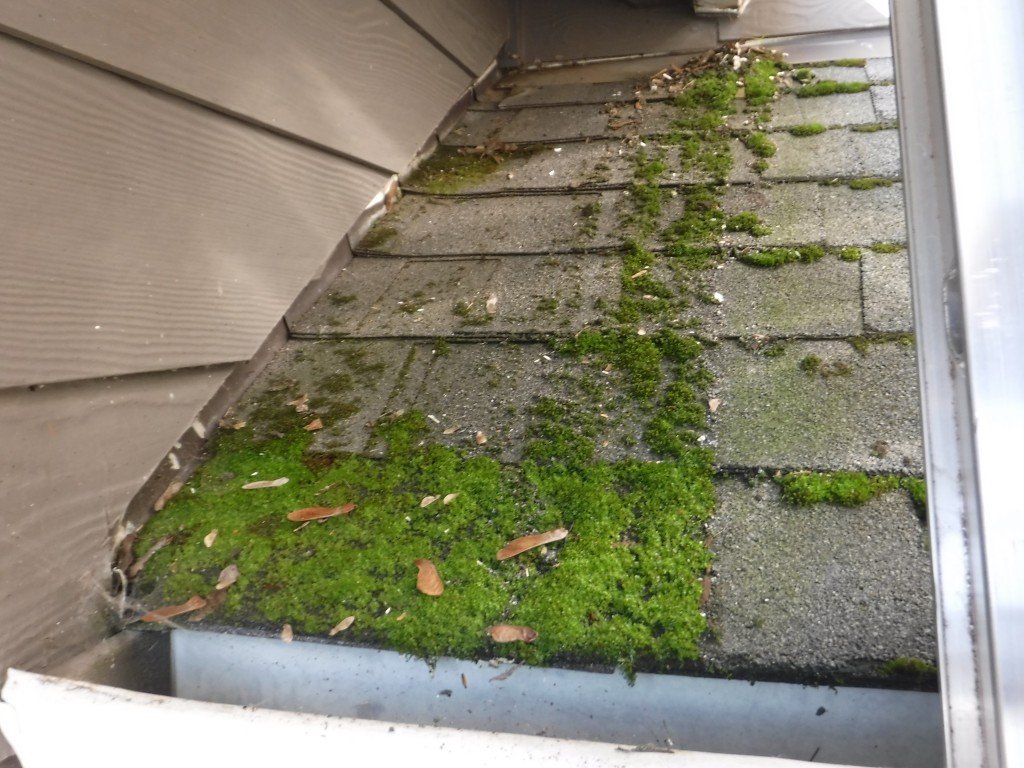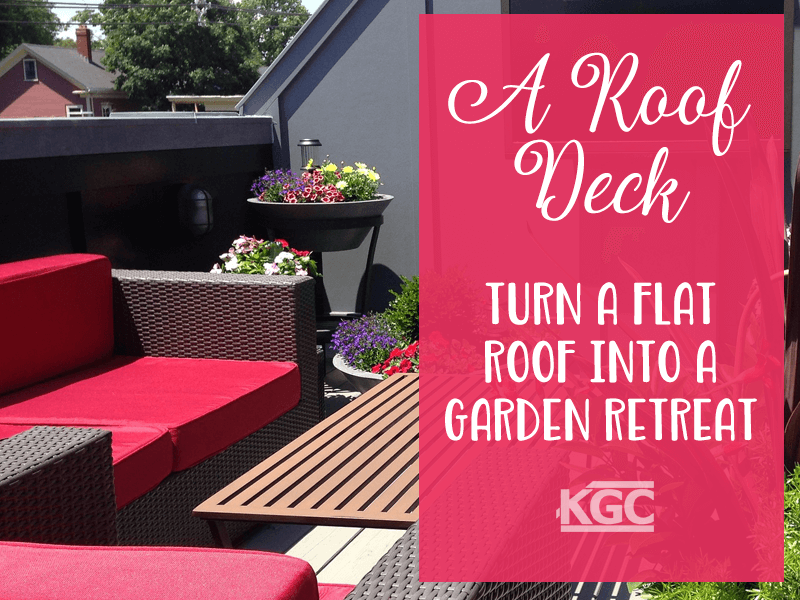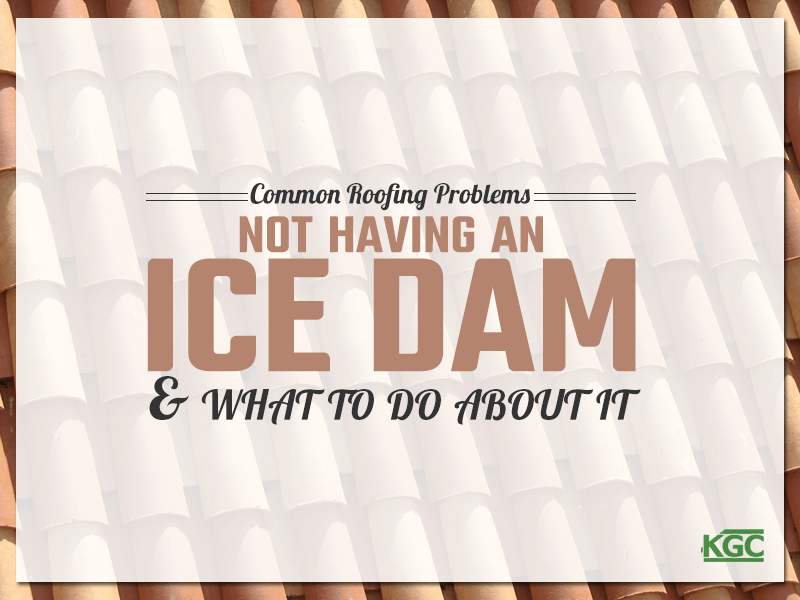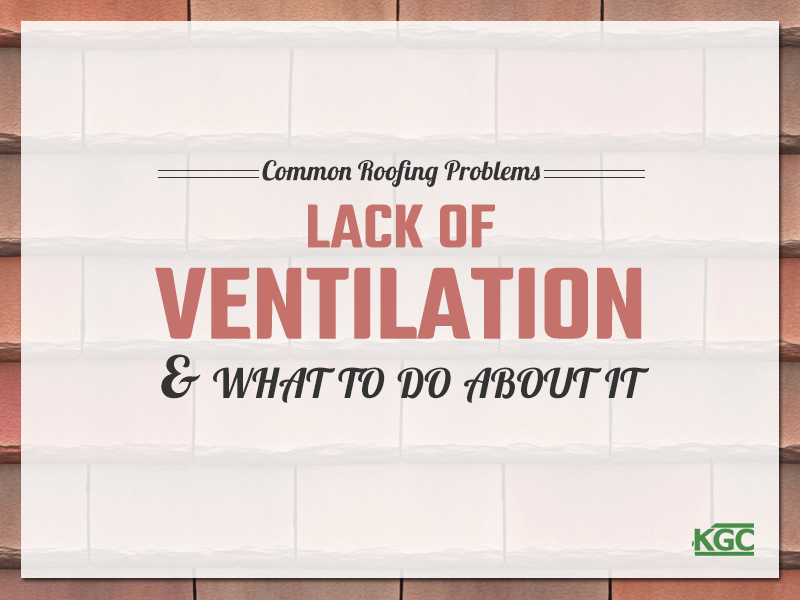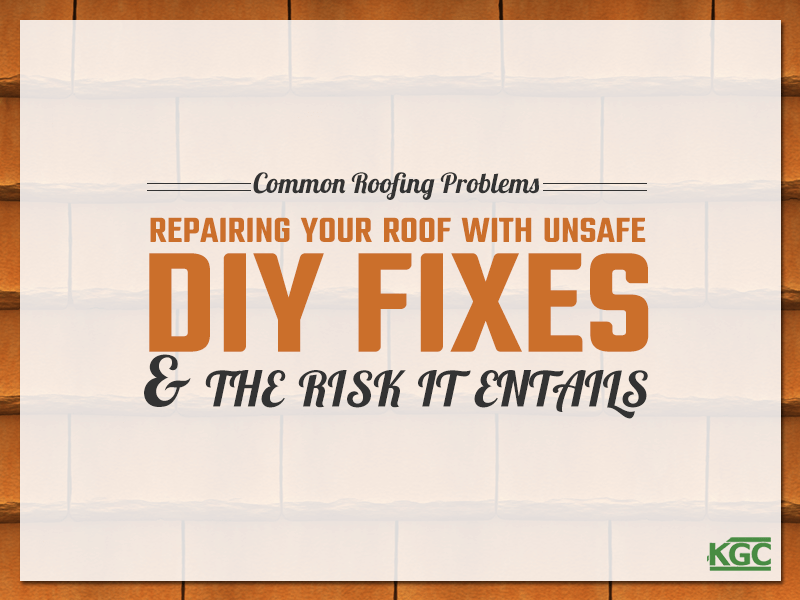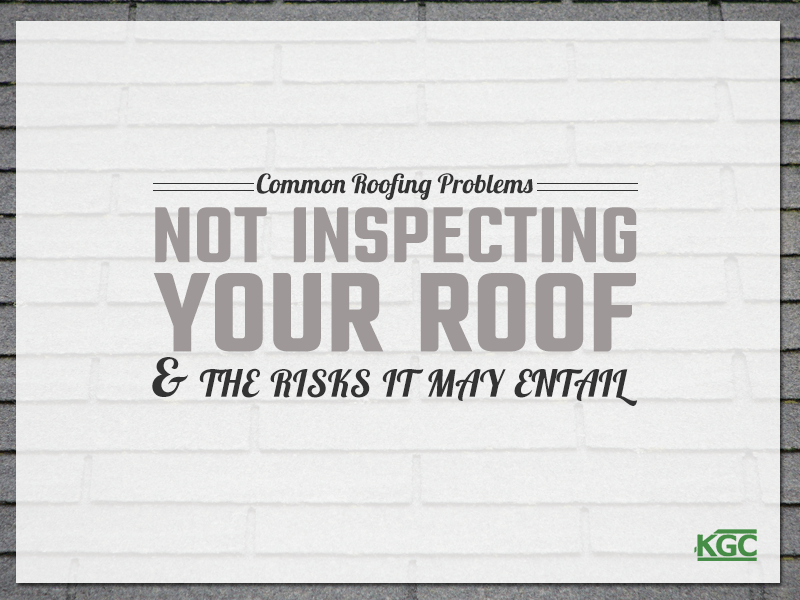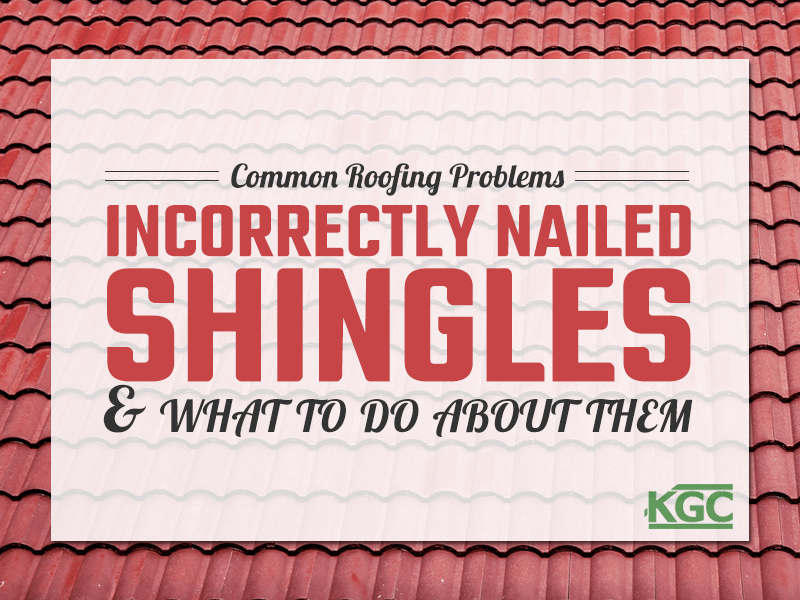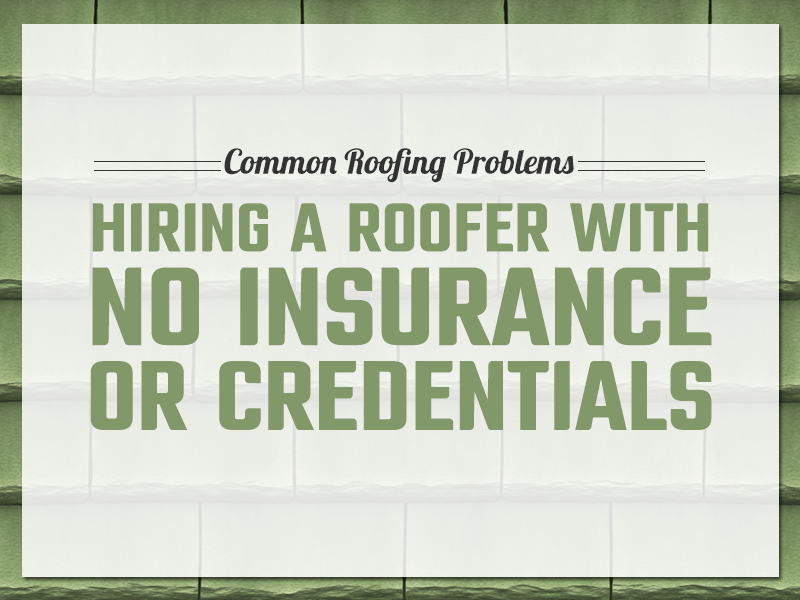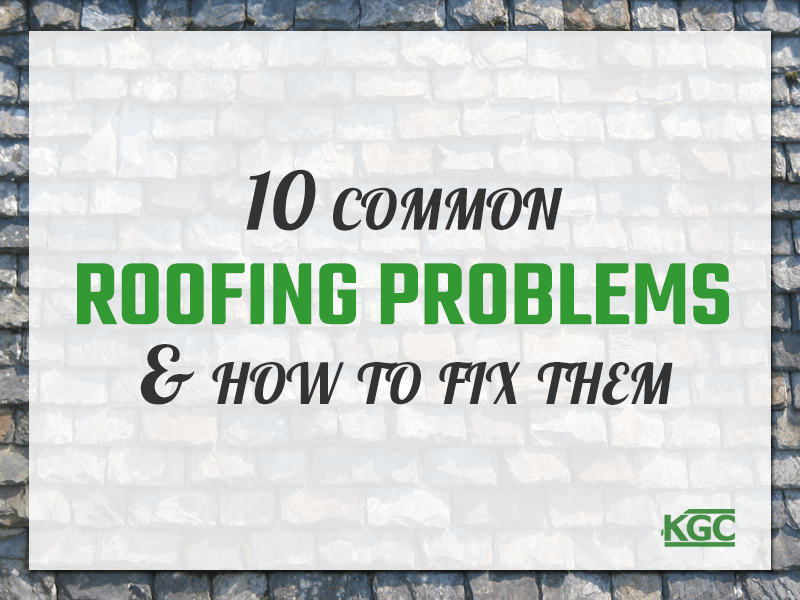Your Own Chill-Out Space on a Flat Roof Deck or Extension
Picture this: at the end of a long day, you change into your most comfortable clothes, put on your slippers, make yourself your favorite drink, and head to your garden to lounge in a comfortable chair to watch the sunset. But it’s not just any old garden: it’s your roof deck.
Flat roof systems are making a big comeback, and there’s a hot new trend that’s turning heads when it comes to houses with flat roofs. It’s all down to the slick new design trend of creating a low-maintenance, beautiful and useful deck area on your flat roof.
Gone are the days when flat roofs were thought of as boring and utilitarian. Instead, people are transforming their homes with flat roof decks that look stunning (and add some serious curb appeal).
There are some great advantages to creating a deck on your flat roof:
- Gives you a ‘me-time’ space all your own
- Adds character and individuality to your house
- Refreshes an older house with a modern and contemporary look
- Extends your garden space
- Offers simplicity and elegance
- Lets you build up instead of out, in confined city areas
- Will look good in the city as well as in a countryside setting
- Adds value to your home
Step 1: Design your flat roof deck
So how do you go about creating your little haven on your roof?
Well, with a flat roof, you’re nearly there. With a sloped roof, no worries – add a flat roof extension!
Creating an outdoor roof terrace is easier than you may think, but you may need planning permission for the transformation.
Start with a conversation with your roofing company about the design of your flat roof deck. Will it be as a roof garden? A chill-out patio deck? Your roofing company can check for structural feasibility and will evaluate your roof to find the best options.
Step 2: Waterproof your flat roof deck
Your roof needs to be walkable and waterproof (a flat roof will be more exposed to water than a pitched one).
Many people are opting for PVC vinyl decking, because it’s walkable, waterproof, and durable. It has to be installed correctly, so it’s incorporated into the structure of the roof and house, rather than just sitting on the surface.
Vinyl decking is a good option because it can withstand pooling water, which often happens when flat roofs don’t have a positive slope. It’s heat-welded, even around flashings and joints, to provide a permanent seal. Options like asphalt tar, gravel, or silicone may not look great and won’t be comfortable to walk on.
Step 3: Add finishing touches for a luxurious roof deck
To make your roof look like a chic leisure roof deck, your roofing company can build a platform top of your deck, and add a deck surface.
This will create a completely new look to your roof, so it won’t look like a roof at all! The deck surface will also protect your roof from foot traffic, maintaining the integrity of your structure.
You can add a railing, choose floor surfaces, and style the roof as you would any other outdoor space. Add chairs, tables, rows of potted flowers, or whatever your heart desires.
Ready to bring some pizazz to your house? How do you see yourself enjoying your roof terrace? We’d love to hear from you in the comments!

